The continuous still in Armagnac and the iron still in Cognac
The Cognac still is a pot still where the wine is distilled twice, a first distillation at approximately 30% (brouillis), and the second at 68% to 72%. At the better Cognac makers, the eau-de-vie then ages in oak barrels and is bottled at a minimum of 40% alcohol. When Cognac is bottled it has only lost a few degrees of alcohol and stands, in the best of cases, between 60% and 65%. Water therefore has to be added to ‘reduce’ it to 40% alcohol, which is a proportion of 62.5% water compared to the initial volume if it was at 65% alcohol, and 50% if it was at 60% alcohol. Cognac makers have no choice but to slowly reduce the cognac over time, and to add wood products and caramel products which remain the production secrets of each cognac maker, so as to soften and colour an alcohol that is diluted with 60% water. The same is true of whiskies, vodkas, gins, rums and brandies which are sometimes distilled 10 times up to 90% alcohol and sold at 40%: in addition to outside additives, these alcohols are often improved by ageing in barrels that held Sauterne wines or Sherries, or with smoked wood chips.

The column or continuous still used in Armagnac was introduced in the 18th century and became widespread in the 19th century. This distillation process keeps all the aromas in the eau-de-vie, distilled between 52° and 62°, generally at 53-54% alcohol. The wine entering the still is slowly and gradually heated by the coil, in which the vapours condense at the end. The wine then goes into a heating column which has many plates. The alcohol vapours rise up and wash through the wine, creating an exchange of aromas and absorption of the volatile ethers. The wine drops from plate to plate down to the heating chamber in which it comes to a boil, creating alcohol vapours which rise through the plateau and enter the gooseneck located at the top of the column. As they cool and condense in the outlet coil, these vapours heat the wine in which the coil is immersed. The still functions continuously, it never stops. It is a gentle process that is perfectly suited to the wines from Armagnac which have the qualities required for this type of distillation process.









